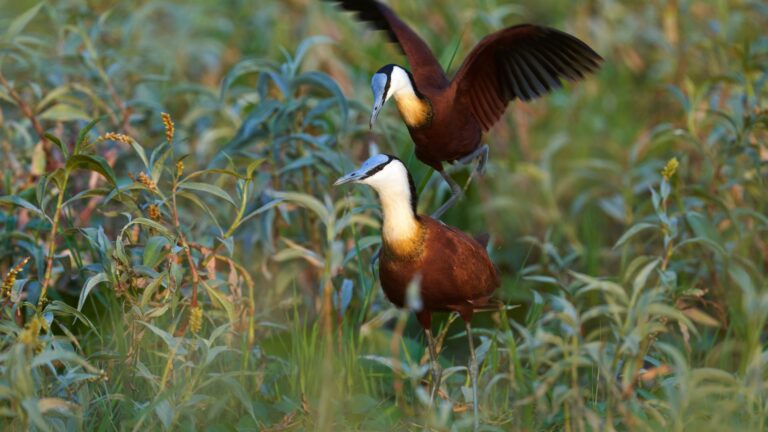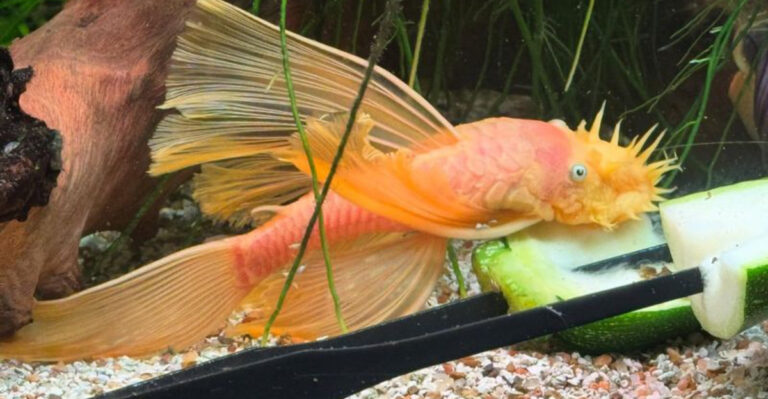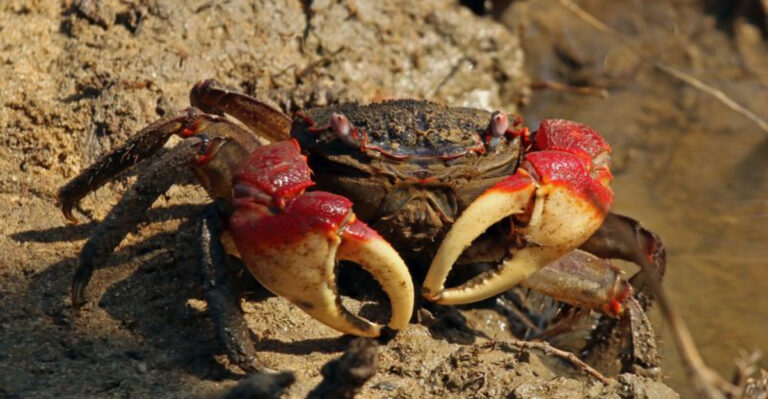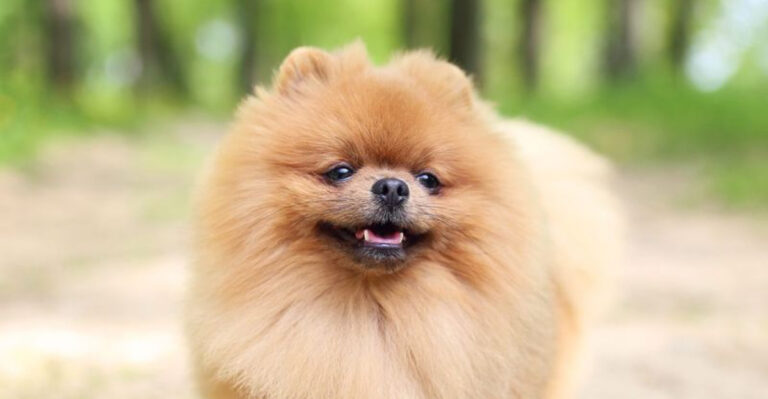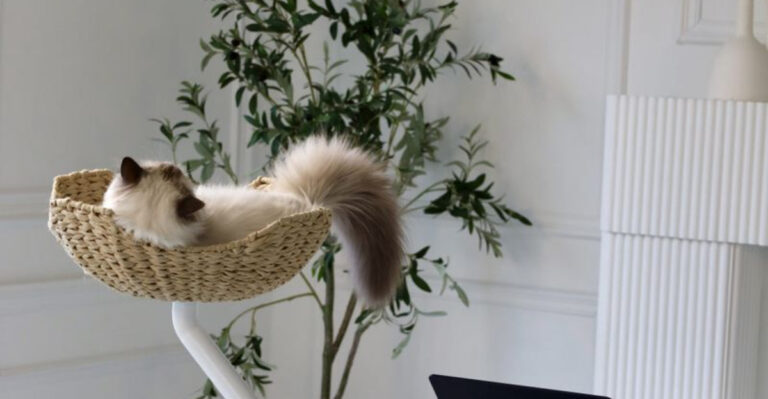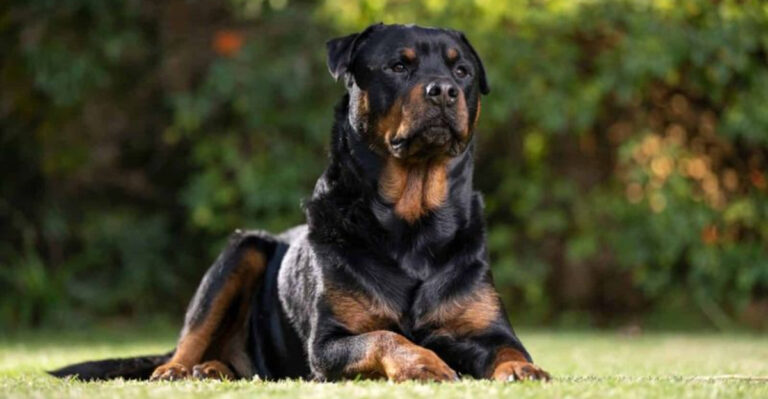15 Baby Animals That Look Completely Different From Their Parents
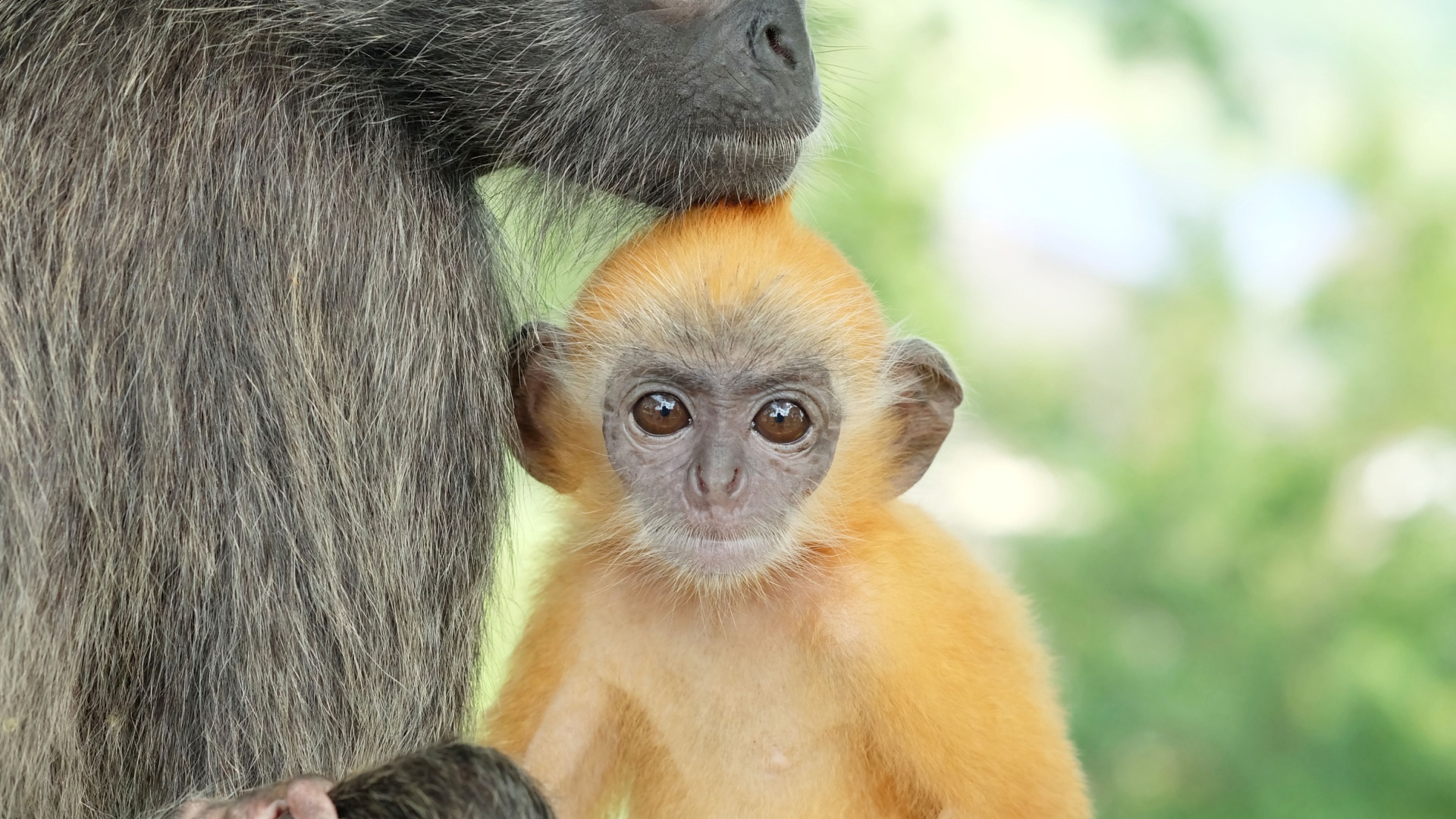
Have you ever noticed how some baby animals look like they belong in a different world compared to their parents?
Nature loves to surprise us with quirky transformations, where the young ones seem to put on a disguise before growing up into their adult forms.
Let’s explore these fascinating baby animals that look completely different from their parents.
1. Emperor Penguin Chick
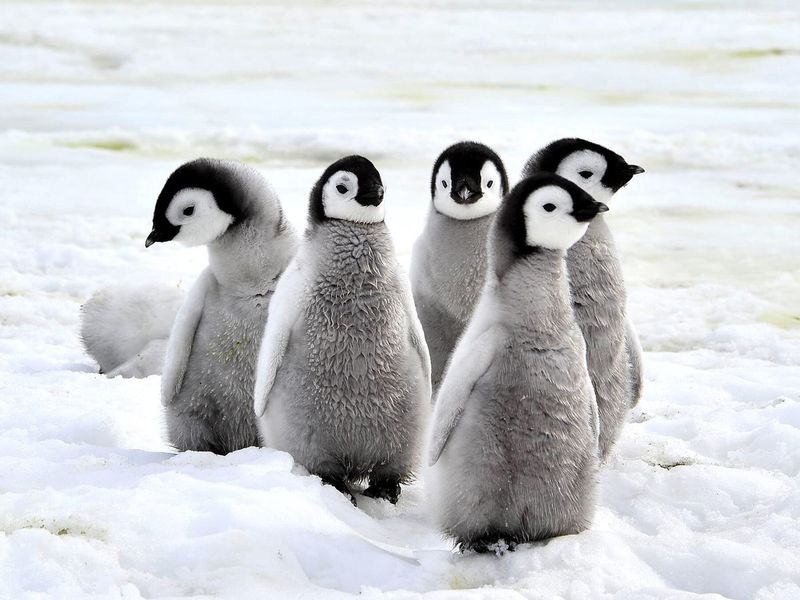
Covered in fluffy gray down, Emperor Penguin chicks are a stark contrast to their sleek, black-and-white feathered parents. These adorable fluffballs wobble around the icy landscapes, relying on their community for warmth and protection.
As they grow, they gradually shed their down, revealing the elegant appearance of adult penguins.
2. Harp Seal Pup
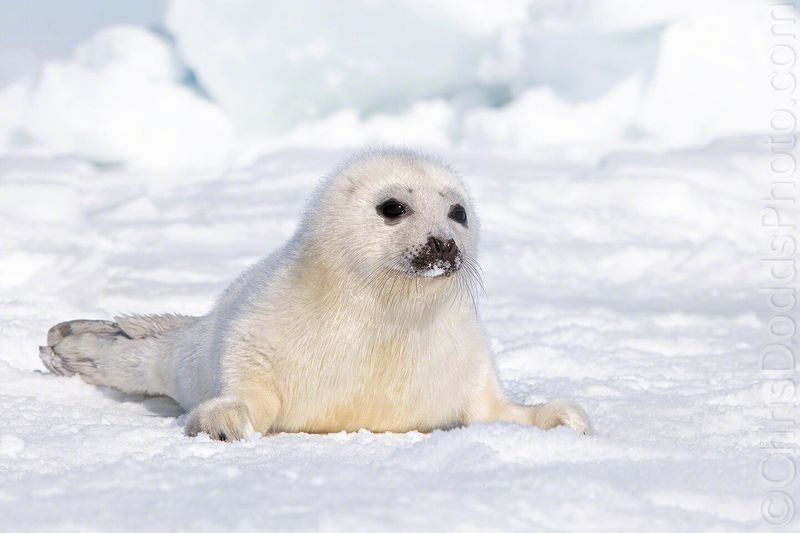
Harp Seal pups, with their stunning white coats and soulful eyes, look like miniature clouds drifting over the ice floes. In contrast, adult Harp Seals sport a silvery-gray coat with distinct dark spots.
These pups are equipped with extra blubber to keep them warm in the frigid arctic environment.
3. American Alligator Hatchling
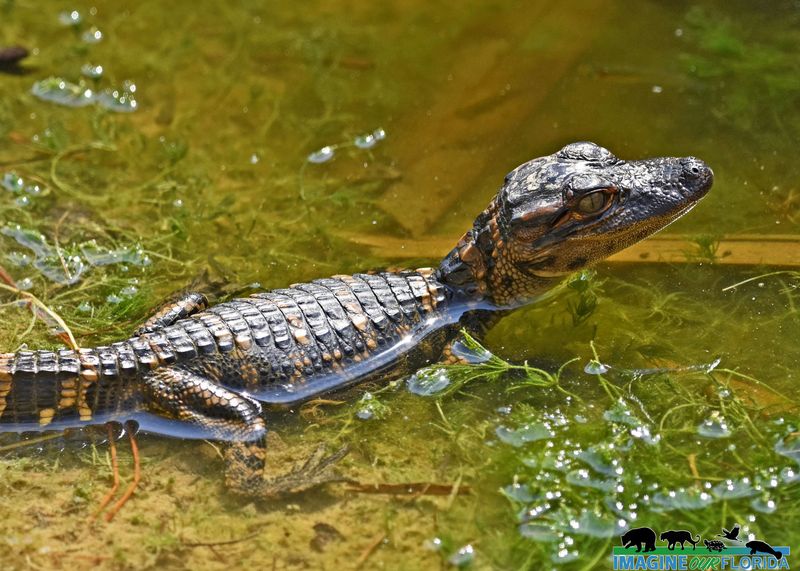
The hatchlings of the American Alligator flaunt a yellow-striped pattern, contrasting with the rugged, dark green of adult alligators.
These tiny reptiles, no longer than a pencil, start life in the protective waters of swamps and marshes, their stripes providing camouflage among the reeds.
As they grow, their once-bright stripes fade, and they begin to take on the fearsome appearance of their parents.
4. Red Kangaroo Joey
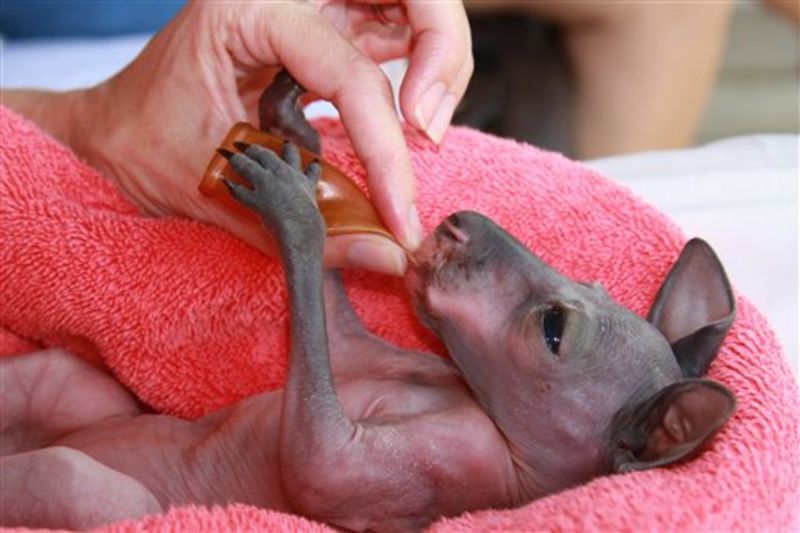
Red Kangaroo joeys are born tiny, pink, and hairless, a stark contrast to their muscular, red-furred parents.
They spend months in their mothers’ pouches, developing fur and strength. Eventually, they hop out to explore the vast Australian outback.
5. Giant Panda Cub
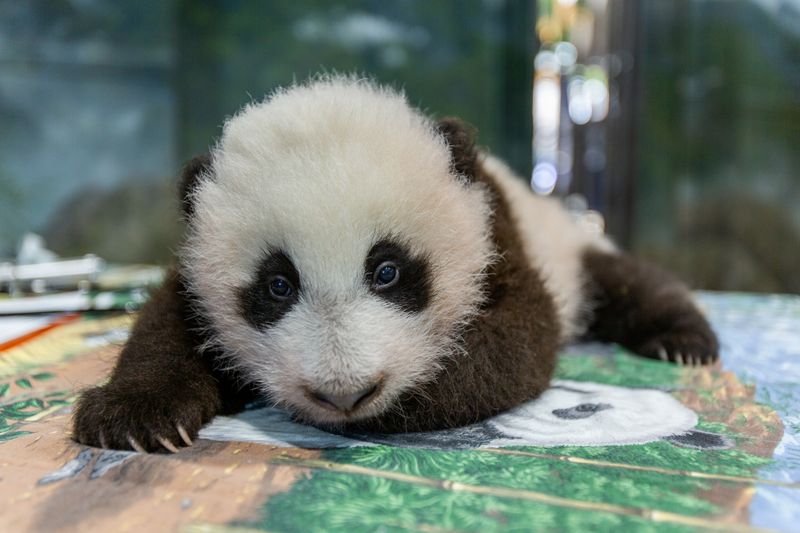
With soft, snow-white fur and distinctive black patches around their eyes, Giant Panda cubs resemble stuffed toys rather than their robust, bamboo-chewing parents.
These cubs are born blind and defenseless, relying on their mothers for everything. Gradually, they gain strength and the characteristic panda appetite.
6. Horned Lizard Hatchling
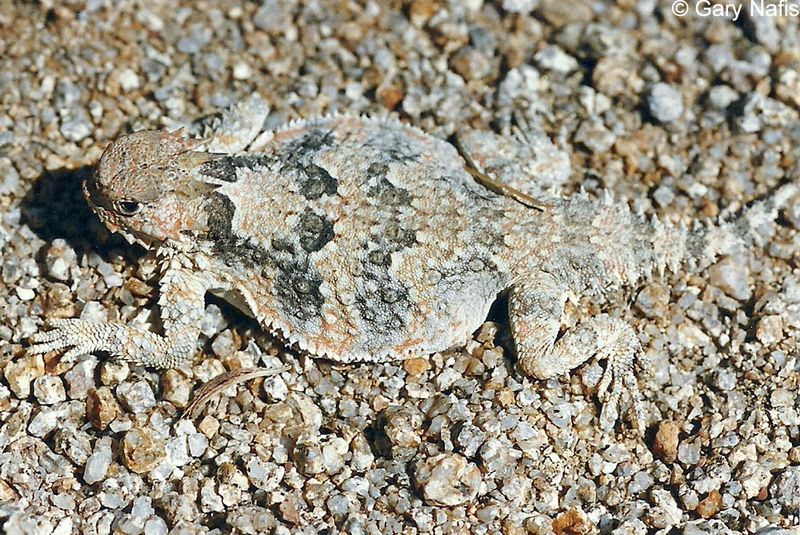
Horned Lizard hatchlings, with their sandy, thorny appearances, easily disappear into desert surroundings. Despite their tough look, these little creatures are vulnerable and rely on their camouflage for protection.
As they mature, their spikes become more pronounced, helping them defend against predators.
7. Gray Cygnets
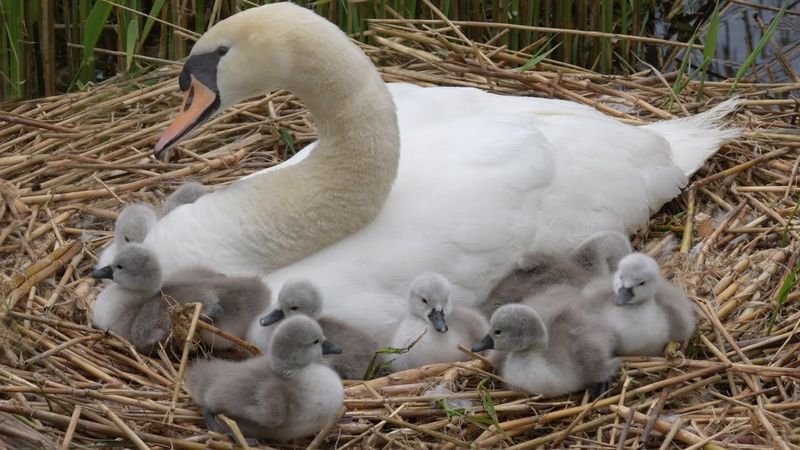
Swans begin their lives as fluffy, gray cygnets, a far cry from the elegant, white adults they will become. As they grow, their feathers gradually transform, and their graceful, snow-white plumage takes shape.
Over time, they develop the majestic appearance that makes adult swans one of nature’s most beautiful creatures
8. Atlantic Puffin Chick
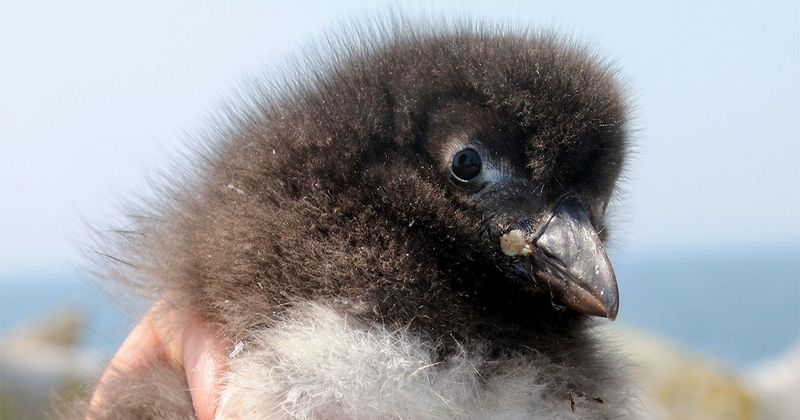
Atlantic Puffin chicks, with their charcoal-gray fluff, look nothing like the vibrant-beaked seabirds they will become. Nestled in burrows, they grow safely on coastal cliffs.
Over time, their down is replaced with sleek feathers, and they develop their signature colorful beaks.
9. Platypus Puggle
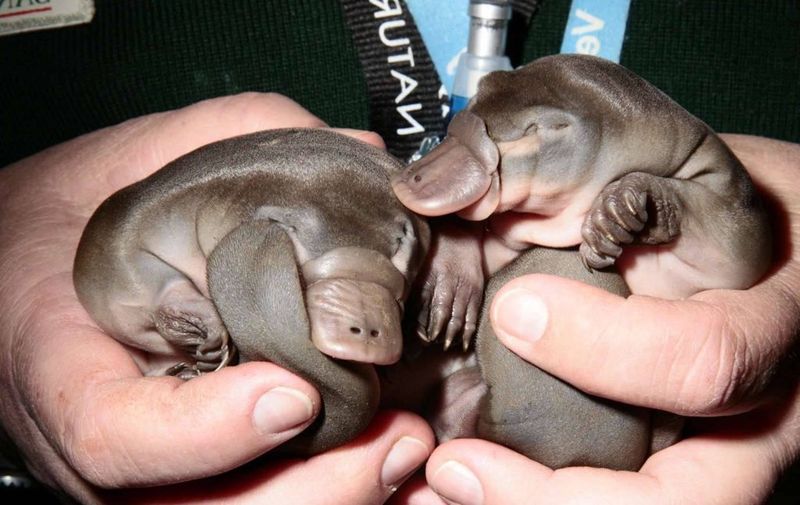
Platypus puggles, with their rubbery, almost surreal appearance, look nothing like their bizarre, duck-billed parents. Hatched in underground burrows, they are nurtured with milk as they grow.
Over time, they develop the unique features that make the platypus one of nature’s most intriguing oddities.
10. Tapir
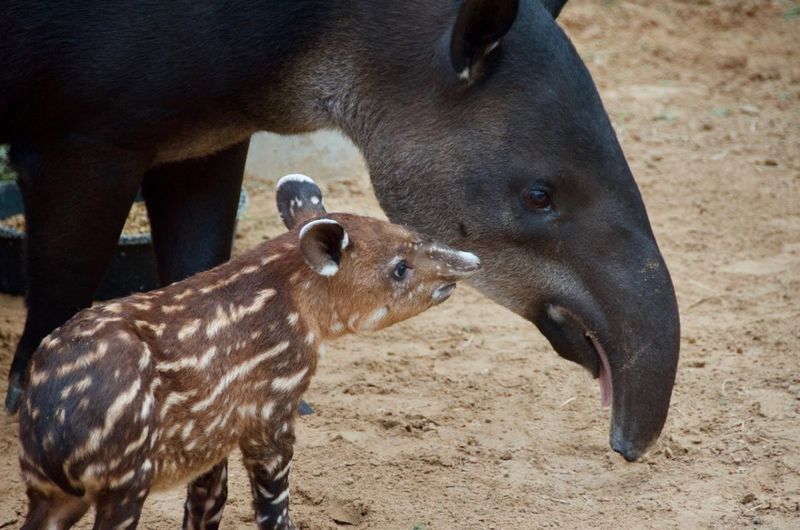
With small size and spotted, striped coats, baby tapirs look nothing like their adult counterparts. As they grow, their markings slowly fade, and they begin to take on the solid, dark coat of the mature tapir.
These young ones roam the jungle floor, learning the ways of the wild before fully maturing.
11. Emu Chicks
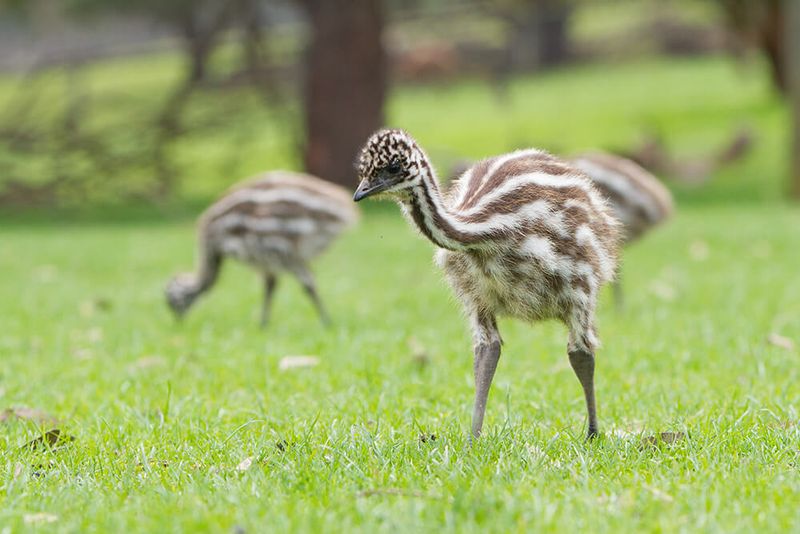
Emu chicks, with their brown and white striped feathers, look very different from their tall, flightless parents. These tiny birds rely on their fathers for protection and care after hatching, staying close to him as they grow.
As they mature, their stripes fade, and they begin to resemble the large, powerful emus they will become.
12. Flamingo Chicks
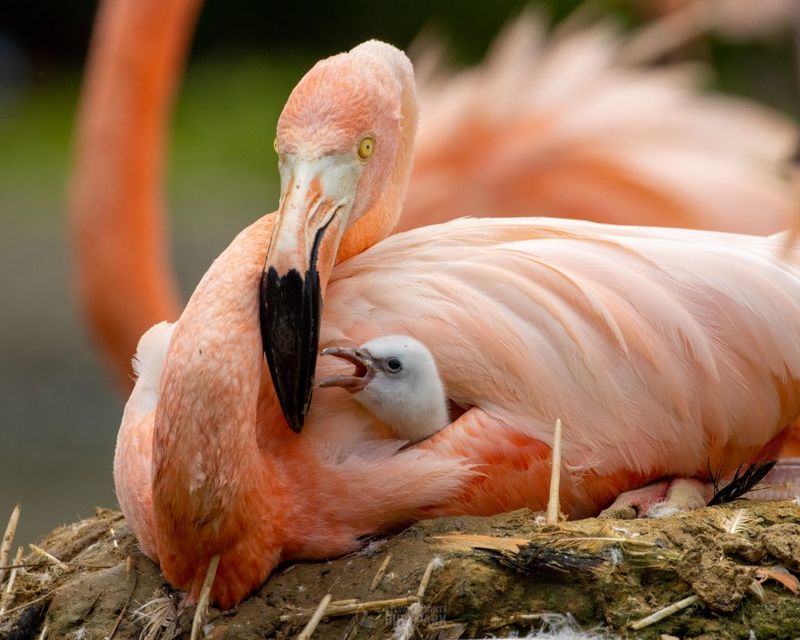
Flamingo chicks start off with gray, downy feathers, a far cry from the vibrant pink adults they will become. As they grow, their feathers slowly change, and their iconic pink hue begins to emerge.
Over time, they develop the long legs and striking coloration that make adult flamingos so unmistakable.
13. Cuttlefish Hatchling
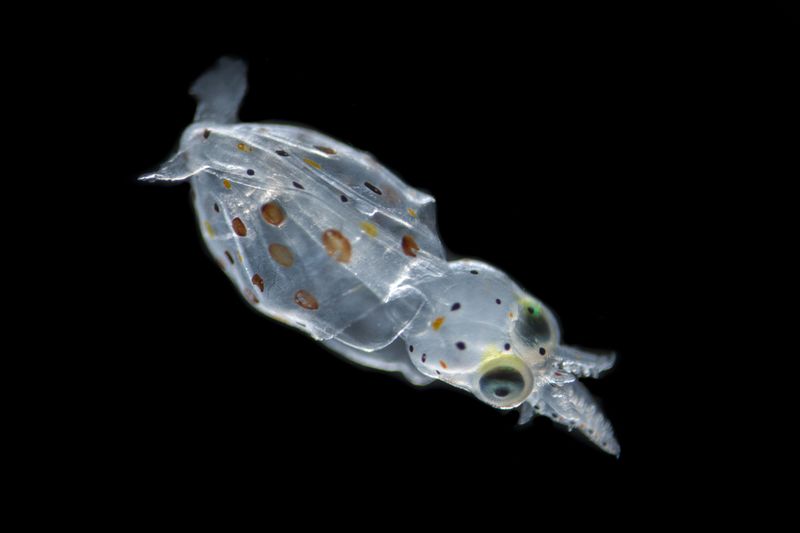
Cuttlefish hatchlings, with their see-through bodies and subtle hues, are oceanic phantoms compared to the vibrant, shifting colors of adults.
From an early age, they possess the ability to blend seamlessly with their surroundings. This camouflage is essential for survival in the bustling underwater world full of predators.
14. Silvered Leaf Monkey Infant
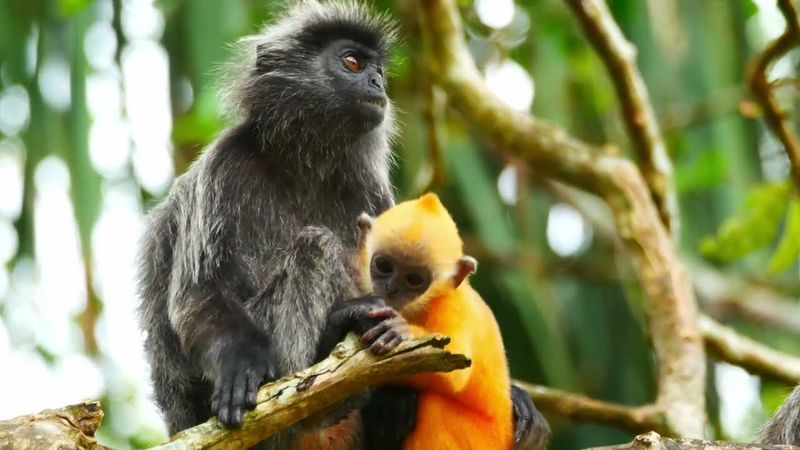
Silvered Leaf Monkey infants stand out with their bright orange fur against the gray adults. These social animals live in troops, where all members assist in nurturing the young.
The infants’ striking color ensures they are easily seen and cared for by the entire group as they grow.
15. Mandarin Duckling
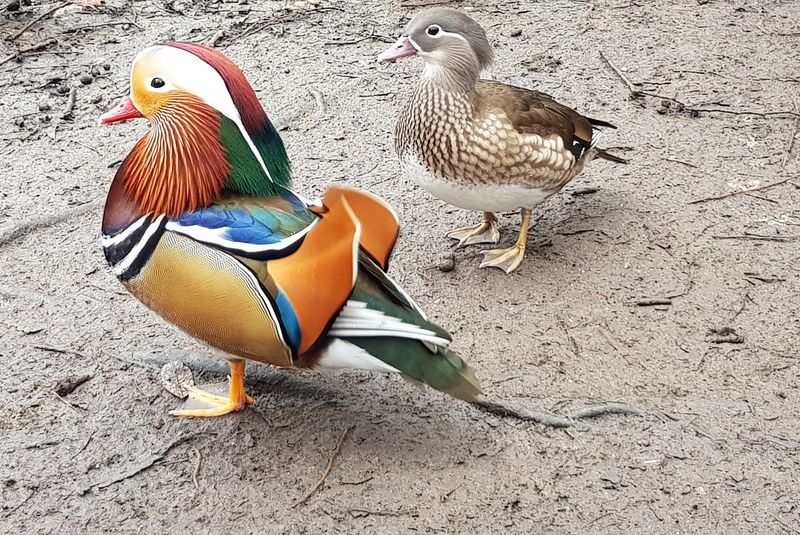
With their soft, brown down, Mandarin Ducklings give no clue to the spectacular plumage they will inherit. Growing up in tranquil ponds, they develop their brilliant colors slowly.
Eventually, these ducklings transform into one of the most visually striking ducks, known for their elaborate markings.

